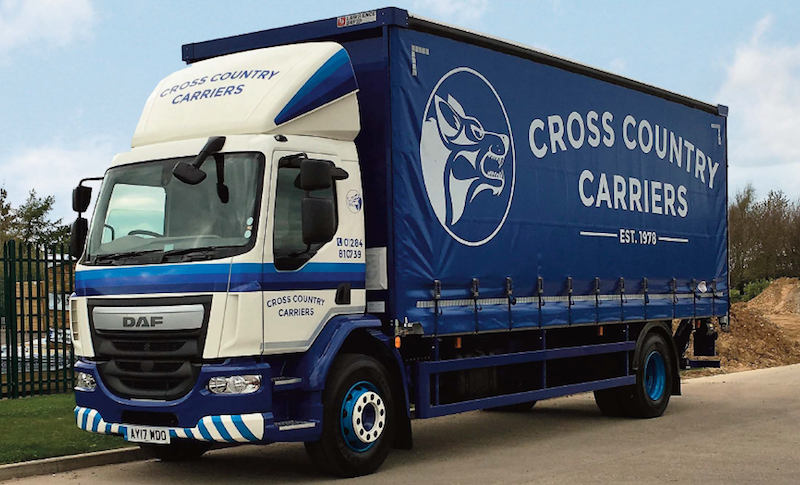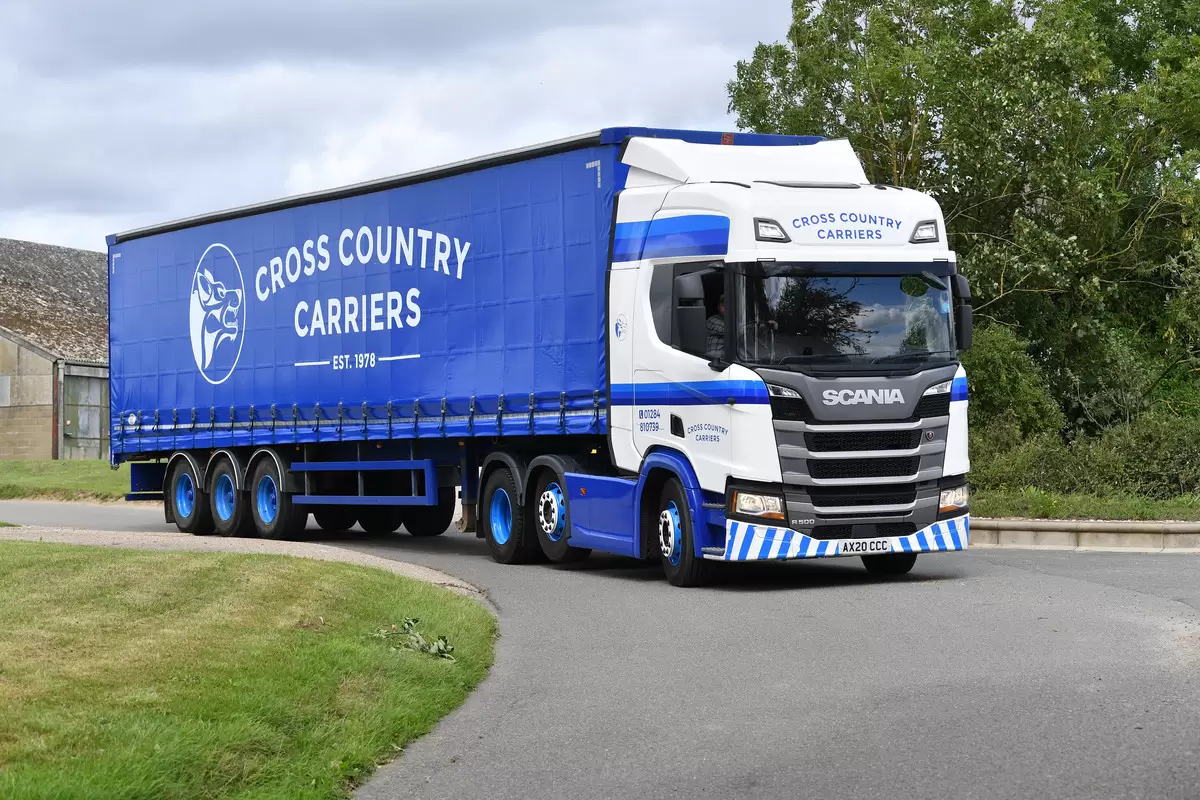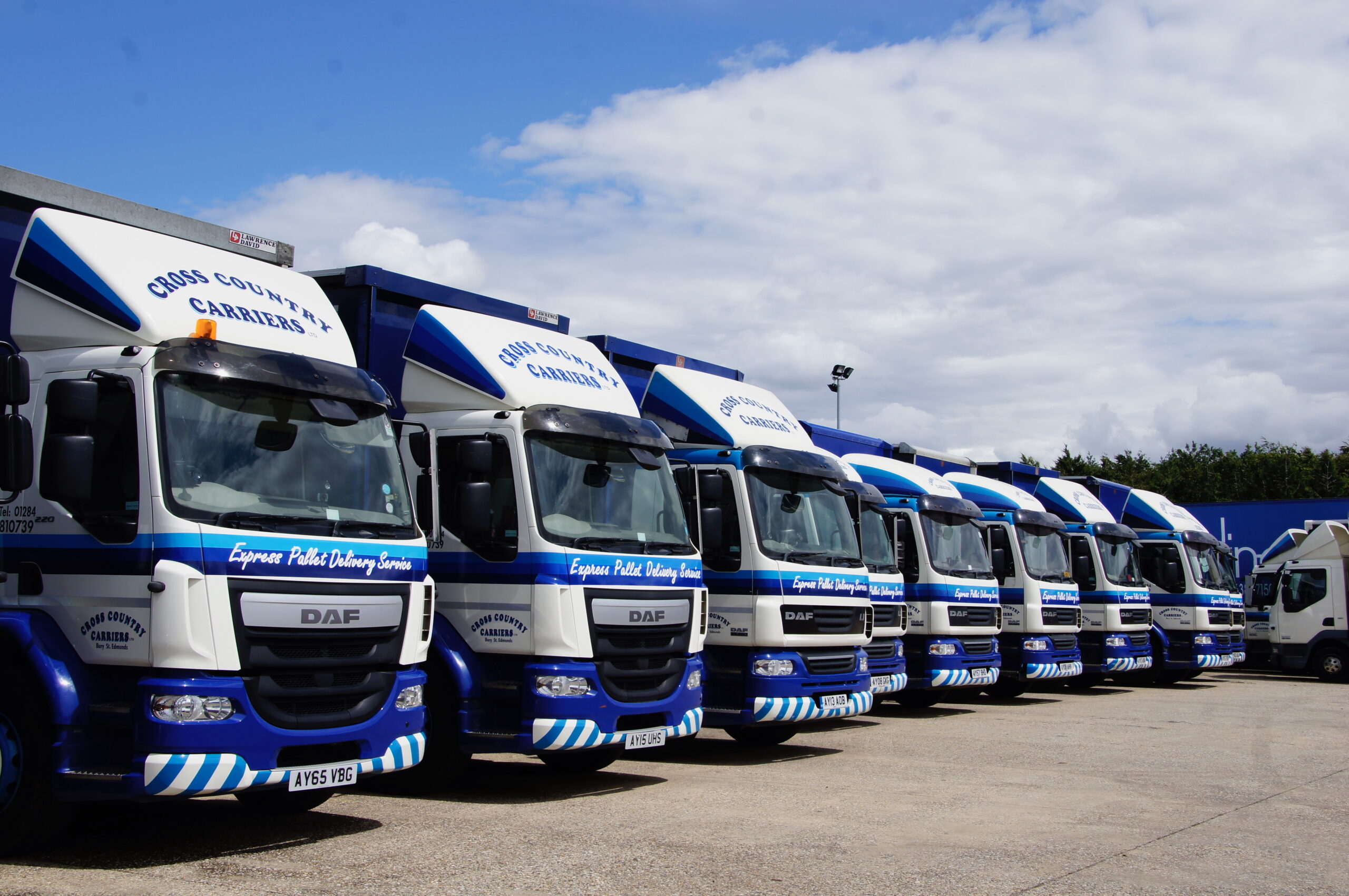
When it comes to deliveries, there are a number of aspects to consider regarding what is being transported. With different guidelines for different categories of goods, it may be confusing as to what procedures and restrictions you have to follow. To help, we have highlighted the difference between Limited Quantity and Non-Hazardous Goods deliveries.
Limited Quantity and Hazardous Goods Deliveries
Limited Quantity
Limited Quantity, which can be transported by Cross Country Carriers, is when Hazardous Goods are transported in smaller quantities and therefore do not have such strict regulations to follow. The only guidelines they have to follow are:
- The goods must be carried in small containers
- The containers must be packed in boxes or on shrink-wrapped trays
- The maximum weight is 30kg for boxes and 20kg for shrink-wrapped trays
- Packaging has to be good quality
The rules aren’t as strict for Limited Quantity because these amounts present less of a risk of harm to people and the environment. The maximum weight for the individual small containers depends on the type of goods, which are outlined in column 7a of the ‘Dangerous Goods List’ in part 3 of ‘ADR’.
Hazardous Goods
When you send hazardous goods very strict packaging and labelling rules have to be followed and employees must be trained on how to handle them. They are separated into different classes which determine how they must be transported. These are defined as:
- Class 1 – Explosive substances and articles
- Class 2.1 – Flammable gas (for example butane)
- Class 2.2 – Non-flammable and non-toxic gases which could cause asphyxiation (for example nitrogen, helium, carbon dioxide) or oxidisers (for example oxygen)
- Class 2.3 – Toxic gases (for example chlorine, phosgene)
- Class 3 – Flammable liquids (for example lighter fluid, petrol)
- Class 4.1 – Flammable solids, self-reactive substances and solid desensitised explosives
- Class 4.2 – Substances liable to spontaneous combustion
- Class 4.3 – Substances which, in contact with water, emit flammable gases
- Class 5.1 – Oxidising substances
- Class 5.2 – Organic peroxides
- Class 6.1 – Toxic substances
- Class 6.2 – Infectious substances
- Class 7 – Radioactive material
- Class 8 – Corrosive substances
- Class 9 – Miscellaneous dangerous substances and articles
Cross Country Carriers cannot currently handle Hazardous Goods. If you are sending or shipping any of these Hazardous Goods, you are responsible for correctly classifying, packaging, marking and labelling all goods as required by regulations. If you do not do this, you may be convicted of a statutory offence. Also, if you transport Hazardous Goods on a regular basis, you must have a dangerous goods safety adviser (DGSA).
Non-Hazardous Goods Deliveries
Simply put, Non-Hazardous Goods are basically anything that is not classed in the list above. There are no regulations or guidelines you have to follow as there is absolutely no risk of harm to people or the environment.
If you require further information or advice regarding Limited Quantity deliveries, please contact Cross Country Carriers today.


